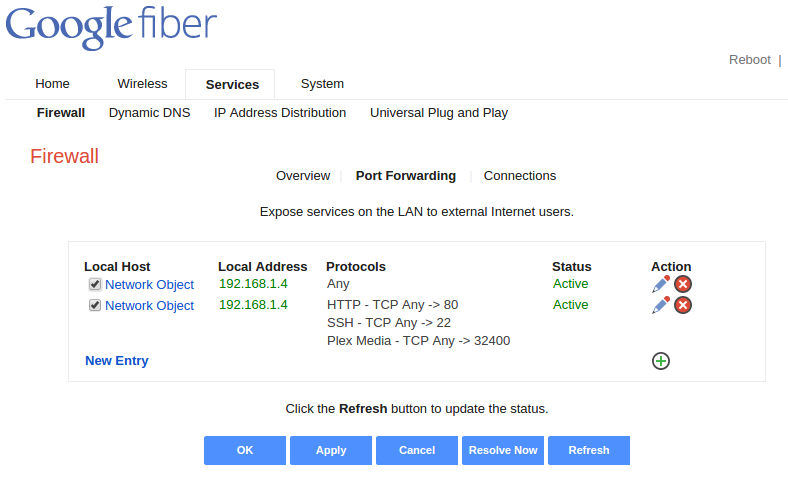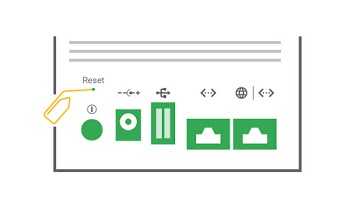
This is the difference between fiber internet and other types of internet.

The last mile of connection is usually filled by coaxial cables, phone lines, or wireless transmissions.

This distance between the core fiber lines of the internet and internet users’ homes is often referred to as the “last mile” (even though the actual distance will vary). Unfortunately, most fiber networks don’t reach all the way to the home.

As such, fiber internet plans are often the same price or cheaper than other types of connections in the same area. Fiber to the home (FTTH) not only gives you the fastest, most reliable connection currently possible but also saves internet service providers (ISPs) money in the long run with much less maintenance and fewer customer complaints. There are lots of different types of fiber-optic cables-some are more durable, some travel longer distances-but all of them transfer data quickly and reliably.Īll internet traffic will travel over fiber-optics at some point, but ideally you’d want fiber to reach all the way to your home. Since information is literally moving at the speed of light, you can move a lot of data really fast. The inside of a fiber-optic tube acts like a mirror, bouncing the light off of the inside walls and down the tube, toward its destination. In fiber-optics, information is transmitted as pulses of light. Fiber-optic cables cross continents and oceans-whether they’re at the bottom of the sea or just beneath your feet, they can be counted on to do their job reliably. Compared to metal wires, they can carry much more data, they are much less prone to data loss, and they are completely immune to electromagnetic interference (as you might get from solar storms). Fiber-optic cables are made from thin fibers of glass or plastic that transmit information as pulses of light across long distances.

Fiber is already an essential part of everyone’s internet experience, as the backbone of the internet is built from huge fiber-optic cables.


 0 kommentar(er)
0 kommentar(er)
